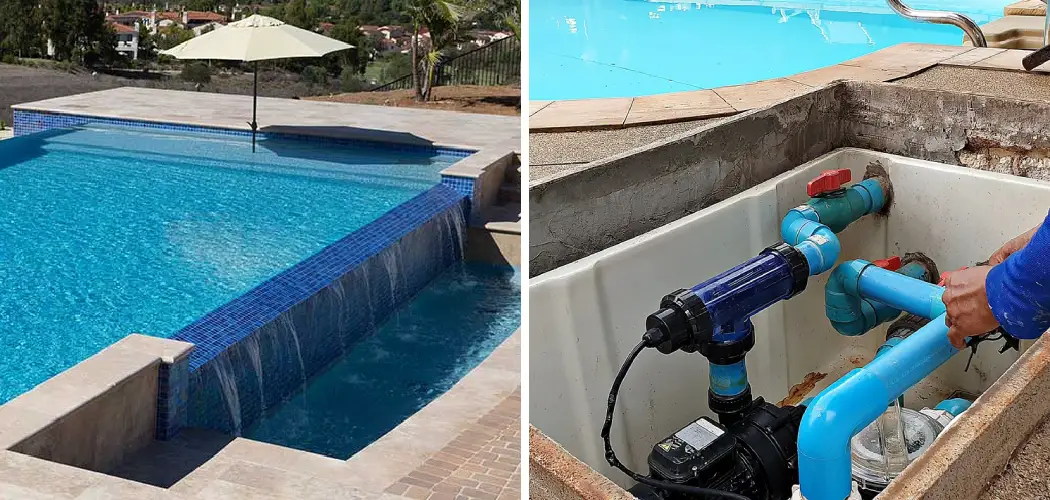Are you the proud owner of a saltwater pool? A luxurious backyard paradise with crystal-clear waters and a hassle-free maintenance routine? While there’s no doubt that having a salt system pool can be extremely rewarding, it also requires some knowledge and upkeep—in order to keep your pool in perfect condition. The good news is, it doesn’t have to be difficult!
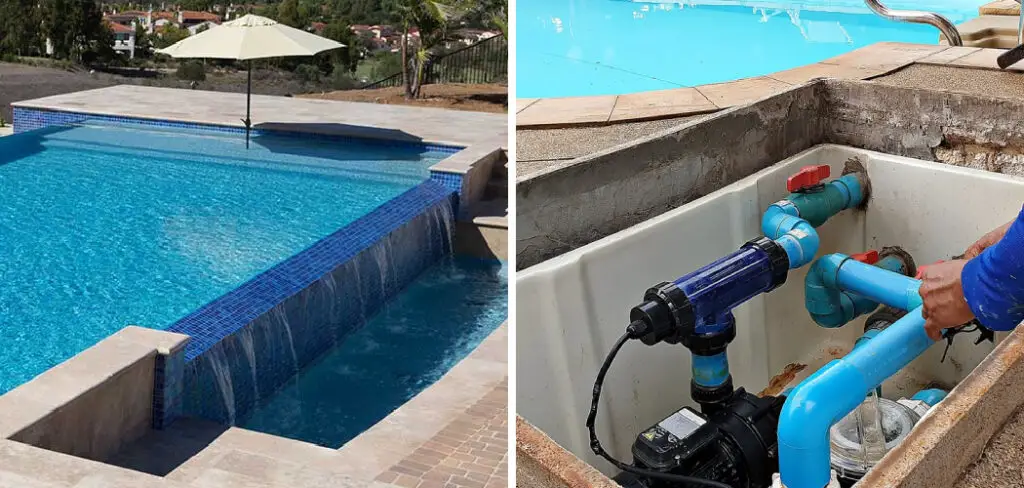
Maintaining the right balance of chlorine or other sanitizers is essential in keeping your pool comfortable, clean, and safe. Salt System pools are a great affordable solution used by millions of people across the world. In this blog post, we’ll go over exactly how to maintain a salt system pool so you can spend more time relaxing in your sparkling swimming area.
Why is It Important to Maintain a Salt System Pool?
1 . To Ensure a Safe Swimming Experience
Swimming pools are a great source of fun and relaxation, but it’s important to ensure that your pool is safe for use. A properly maintained salt system pool will have a balanced water chemistry, which reduces the risk of accidents or illnesses caused by unclean water.
2 . To Protect Your Investment
Pools can be expensive to install, and it’s important to protect your investment by properly maintaining it. Neglecting the maintenance of a salt system pool can lead to costly repairs or even replacement in severe cases.
3 . To Avoid Damage to Pool Equipment
Without proper maintenance, the high salt levels in a salt system pool can cause corrosion and damage to pool equipment such as pumps, filters, and heaters. Regular maintenance can prevent these issues and extend the lifespan of your pool equipment.
4 . To Save Money on Chemicals
Maintaining a salt system pool involves regularly checking and balancing the salt levels, as well as adding other necessary chemicals such as shock and stabilizers. By keeping up with the maintenance, you can avoid overusing chemicals and save money in the long run.
5 . To Keep Your Pool Looking Clean and Inviting
A well-maintained salt system pool not only ensures safe swimming but also looks clean and inviting. This can enhance the overall appearance of your backyard and make it a more enjoyable place for family and friends to gather.
15 Tips on How to Maintain a Salt System Pool
1 . Keep the Salt Levels in Check
Maintaining proper salt levels is crucial for the functionality of a salt system pool. The ideal range for salt levels is between 2500-4500 ppm (parts per million). You can use a salt test kit to regularly check the levels and adjust accordingly.
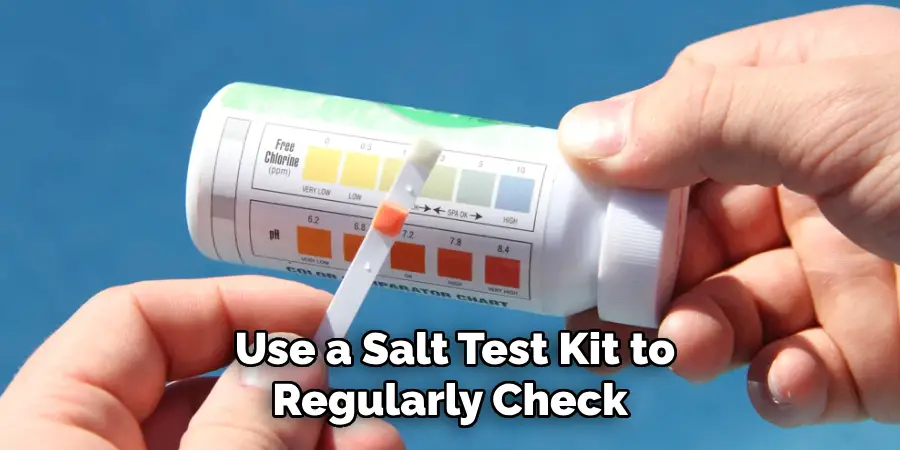
2 . Balance pH Levels
In addition to salt levels, it’s important to regularly check and balance the pH levels in your salt system pool. The ideal range is between 7.27.8, as this helps keep the water clean and prevents corrosion of pool equipment.
3 . Clean Salt Cell Regularly
The salt cell is a crucial part of a salt system pool, responsible for converting salt into chlorine to sanitize the pool water. It’s important to clean the salt cell regularly to remove any buildup, as this can affect its performance.
4 . Check for Calcium Buildup
Calcium buildup can also affect the performance of a salt system pool. You can prevent this by regularly checking and maintaining proper calcium hardness levels in your pool, which should be between 200-400 ppm.
5 . Monitor Chlorine Levels
While salt systems use chlorine to sanitize pool water, it’s still important to regularly test and monitor the levels. The ideal range is between 1-3 ppm, as higher levels can cause irritation and lower levels may not effectively sanitize the water.
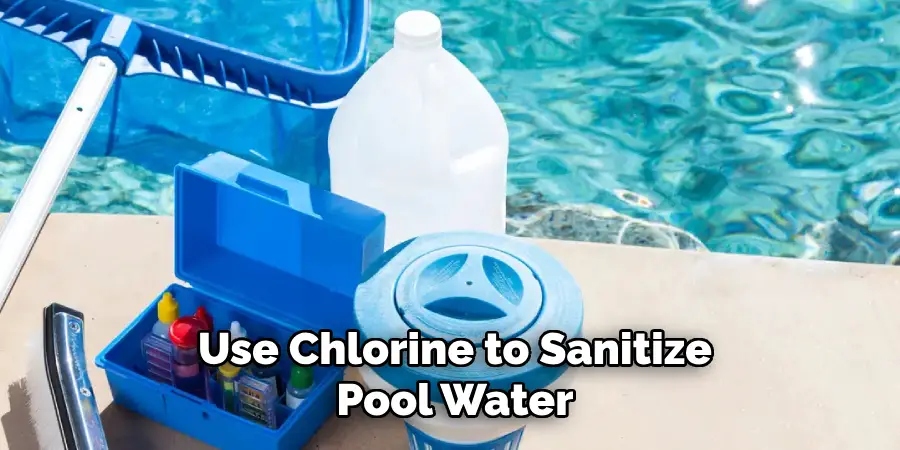
6 . Shock the Pool Occasionally
Even with regular maintenance, bacteria and algae can still build up in a salt system pool. To prevent this, it’s recommended to shock the pool every couple of weeks using a non-chlorine oxidizer.
7 . Keep Pool Filter Clean
To maintain the cleanliness and functionality of your pool, it’s important to regularly clean and replace the filter as needed. This will ensure that debris and contaminants are effectively removed from the pool water.
8 . Brush and Vacuum Pool Walls and Floor
In addition to the filter, manually brushing and vacuuming the walls and floor of your salt system pool can help remove any buildup or debris that may have accumulated. This will also improve the overall appearance of your pool.
9 . Check Salt System Settings
Make sure to regularly check and adjust the settings on your salt system to ensure it’s functioning properly. This includes checking the timer, chlorine output, and any other settings specific to your particular system.
10 . Use Stabilizer
Adding a stabilizer to your pool can help protect the chlorine from being broken down by UV rays from sunlight. This will make sure that your pool stays sanitized for longer periods of time.
11 . Keep an Eye on the Water Level
It’s important to regularly check and maintain the water level in your pool. If it drops too low, it can affect the functionality of the salt system and lead to other issues such as algae growth. Also, make sure to top up the pool with fresh water every so often.
12 . Use a Pool Cover
Using a pool cover when the pool is not in use can help prevent debris and contaminants from entering the water. This will reduce the strain on your salt system and also save you time and effort on cleaning.
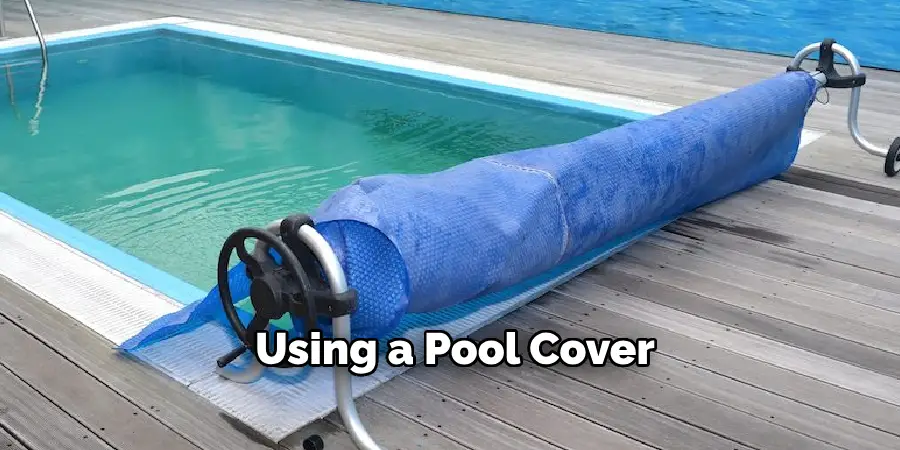
13 . Regularly Check for Leaks
Leaks in a salt system pool can be costly and may also affect its performance. Make sure to regularly check for leaks in the pool, equipment, and piping to prevent any major issues.
14 . Keep Pool Chemistry Log
Keeping a log of all the chemical levels and maintenance tasks performed on your salt system pool is important for tracking its overall health and identifying potential issues. This will also make it easier to troubleshoot any problems that may arise.
15 . Follow Manufacturer Instructions
Last but not least, always follow the manufacturer’s instructions and guidelines for maintaining your specific salt system pool. Different systems may have different requirements, so it’s important to use the correct products and methods recommended by the manufacturer.
By following these tips, you can ensure that your salt system pool remains clean, functional, and enjoyable to use for years to come. So go ahead and dive in! Your well-maintained salt system pool is waiting for you. Happy swimming!
Frequently Asked Questions
What Precautions Should Be Taken When Maintaining a Salt System Pool?
When maintaining a salt system pool, there are a few precautions that should be taken to ensure the safety and effectiveness of the treatment process. These include:
- Always follow the manufacturer’s instructions for your specific model of salt system.
- Wear protective gear such as gloves, goggles, and a mask when handling chemicals.
- Avoid mixing different types of chemicals, as this can cause dangerous reactions.
- Keep all pool chemicals out of reach of children and pets.
- Test the water regularly to ensure proper levels of salt and other chemicals.
- If you notice any issues with your salt system, such as a decrease in chlorine production or unusual readings on your test strips, address them immediately.
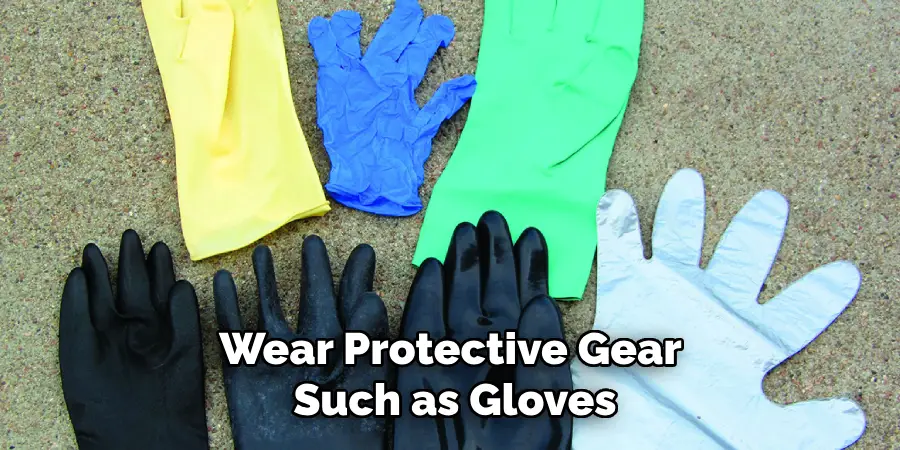
How Often Should I Test the Salt Level in My Pool?
The salt level in a salt system pool should be tested at least once a week, or more frequently if the pool is heavily used. This will ensure that your pool’s salinity remains within the recommended range for optimal functioning of the salt system.
What Should I Do If My Salt System Stops Producing Chlorine?
If your salt system stops producing chlorine, there are a few steps you can take to troubleshoot the issue:
- Check the salt level in your pool. If it is too low, add more salt according to the manufacturer’s recommendations.
- Test the cell for buildup or debris and clean if necessary.
- Consider shock treating your pool with a non-chlorine shock to help boost chlorine levels and eliminate any organic contaminants.
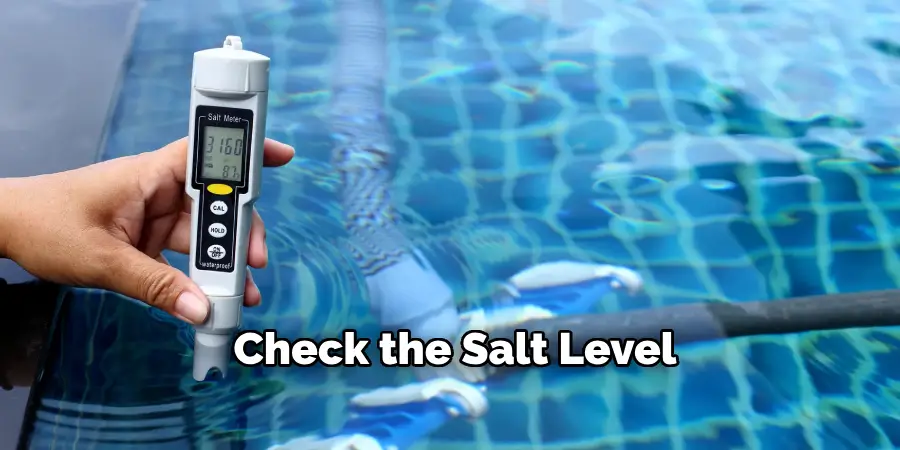
If these steps do not resolve the issue, it may be time to replace your salt cell or consult with a pool professional for further assistance.
How Often Should I Clean My Salt Cell?
Your salt cell should be cleaned at least once every 3 months, but this can vary depending on factors such as pool usage and the hardness of your water. It is important to regularly inspect and clean your salt cell to ensure it is free of buildup or debris, which can affect its performance. Refer to your manufacturer’s instructions for specific guidelines on cleaning and maintenance.
Are There Any Other Maintenance Tasks I Should Be Doing?
In addition to testing the salt level and cleaning the salt cell, there are a few other maintenance tasks that should be done regularly to keep your salt system pool in top condition. These include:
- Cleaning the skimmer and pump baskets to remove any debris.
- Brushing the walls and floor of the pool to prevent algae growth.
- Backwashing or cleaning the pool filter as recommended by the manufacturer.
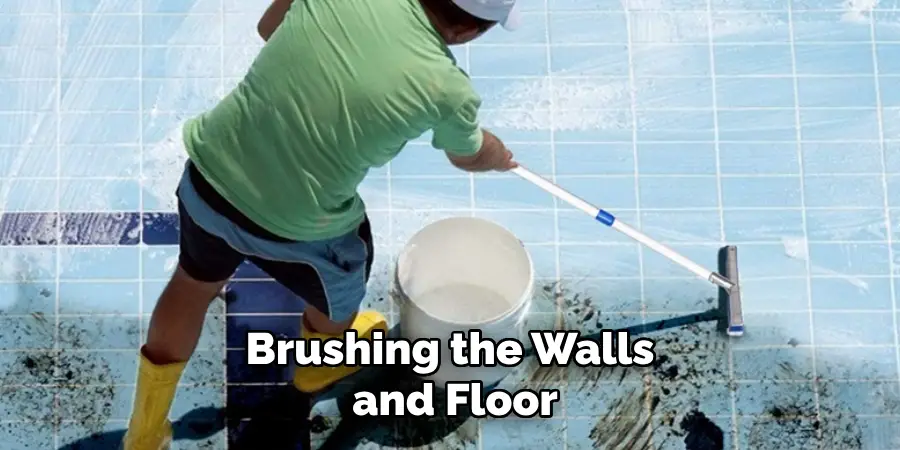
By following these precautions and performing regular maintenance tasks, you can ensure that your salt system pool stays clean and well-maintained for optimal enjoyment. Remember to always refer to your manufacturer’s instructions and consult with a professional if any issues arise. So, these are some of the important things that one should keep in mind while maintaining a salt system pool.
Can I Use Salt Water in My Pool if I Don’t Have a Salt System?
While a salt system is the most efficient way to maintain a saltwater pool, it is still possible to use salt water in a traditional chlorine pool. However, this requires manually adding pool-grade salt and adjusting the pH and chlorine levels accordingly. It is important to note that using salt water without a salt system may require more frequent testing and adjustments to ensure proper chemical balance.
If you are interested in converting your traditional pool to a saltwater pool, consult with a professional for guidance on the best approach for your specific situation.
Also, keep in mind that salt water can be harsh on certain pool surfaces and equipment, so regular maintenance is crucial to prevent any damage. So, if you are considering using salt water in your pool without a salt system, make sure to do thorough research and consult with a professional for guidance.
Conclusion
With the right maintenance, your salt system pool can provide you with safe and healthy swimming all year round. Remember to regularly check your salt levels and to stay on top of your weekly cleaning routine to ensure a long-lasting, sparkling clean pool.
Additionally, don’t forget regular water testing to make sure that your pool’s chemical balance is always perfect. Finally, it’s important to understand how the sun and temperatures affect the condition of your pool so you can adjust accordingly.
Now you know how to maintain a salt system pool! Taking the necessary precautions with regard to understanding these variables will ensure that your salt system pool stays within its ideal parameters for years to come. Take action now and get ahead of potential issues before they arise, so that you can enjoy countless hours of fun in the sun with friends and family!
About
Outdoor Fixes is a distinguished figure in the world of Diy design, with a decade of expertise creating innovative and sustainable Diy solutions.
His professional focus lies in merging traditional craftsmanship with modern manufacturing techniques,
fostering designs that are both practical and environmentally conscious. As the author of diy,
outdoorfixes delves into the art and science of outdoorfixes-making, inspiring artisans and industry professionals alike.
Education RMIT University
(Melbourne, Australia) Associate Degree in Design (Outdoor Fixes) Focus on sustainable design, industry-driven projects,
and practical craftsmanship. Gained hands-on experience with traditional and digital manufacturing tools, such as CAD and CNC software.
Nottingham Trent University
(United Kingdom) Bachelor’s in outdoorfixes.com and Product Design (Honors) Specialized in product design with a focus on blending creativity with production
techniques. Participated in industry projects, working with companies like John Lewis and Vitsoe to gain real-world insights.
Publications and Impact
In diy, Outdoor Fixes his insights on indoor design processes, materials, and strategies for efficient production.
His writing bridges the gap between artisan knowledge and modern industry needs, making it a must-read for both budding designers and seasoned professionals.

